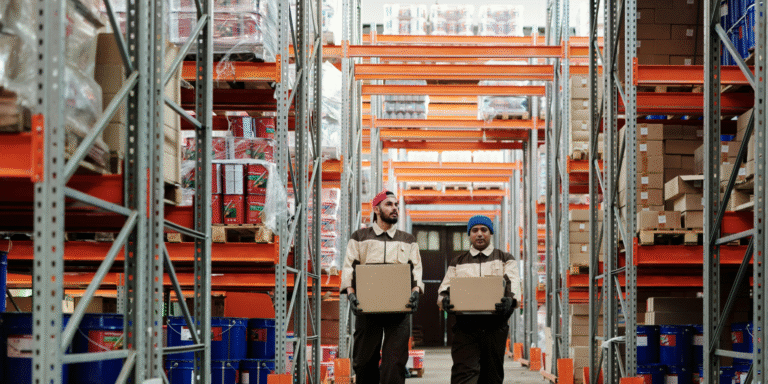B2B websites are increasingly getting the same functionalities in terms of ordering convenience and catalogue display as B2C websites. However, there are some clear differences between B2B and B2C websites.
This blog summarises the 10 main differences I encounter in practice between B2B and B2C websites.
1) Ring-fenced prices and prices excluding VAT
Whereas a B2C webshop is accessible to everyone, a B2B webshop is often restricted to B2B customers only or prices are not visible until you are logged in. In addition, on B2C websites prices are usually displayed including VAT, while on B2B websites this is often excluding VAT.
2) One-off orders versus repeat orders
A B2B environment is generally more focused on repeat orders than one-off orders. B2B customers tend to have a predictable ordering pattern unlike B2C customers. It is therefore important that customers can easily re-order the same products.
3) Volume of orders on B2B websites
B2B customers generally order more in one go than B2C customers, resulting in higher total order amounts.
4) Use of quantity discounts
Because B2B websites often order larger quantities, quantity discounts are often present.
5) More complex pricing strategies
Pricing at B2C websites is often simpler than at B2B websites. B2B customers make extensive use of customer-specific pricing and more complicated pricing strategies. These pricing strategies are often driven from the ERP system.
6) Orders via email or phone
Whereas a B2C webshop often does not work with phone orders or orders via email, a B2B webshop often does. As a result, orders from B2B customers often come in through different channels. Where online orders come in via the B2B webshop, telephone or email orders will be processed directly in the ERP system.
7) Link between B2B webshop and ERP system
We see a link with an ERP system or the use of an ERP system more often in B2B websites than in B2C websites. The ERP system is the central system from which customer data and order processing takes place and orders and price agreements should therefore be synchronised between the two systems. In addition, as described in the previous point, orders for a B2B webshop will often come in through different channels. This makes it important that stock is synchronised between both systems.
8) Complexity of products
B2C products often have limited complexity which means they can always be sold well online as well. However, for some B2B products, it will not be possible to make the initial sale online in a B2B webshop because the product is so complex that a quotation has to be prepared for it first.
9) Complexity in shipping costs
Because the number of products ordered via a B2B webshop is often higher, the shipping weights are often also higher. As a result, the calculation of shipping costs is often more complex and sometimes cannot even be issued directly, but must first be requested from the carrier. As a result, the shipping amount may not yet be final for a B2B webshop.
10) Direct payment versus paying by invoice or on credit
With B2C websites, most customers will often pay immediately. With B2B websites, however, payment will often be by invoice and customers can buy on credit.
So when setting up a B2B webshop, these are elements to consider. Of course, these are not all the differences but these are differences we often come across in practice with B2B websites. Do you often come across other important differences between B2C and B2B websites yourself? If so, I would be curious to hear your reaction!










